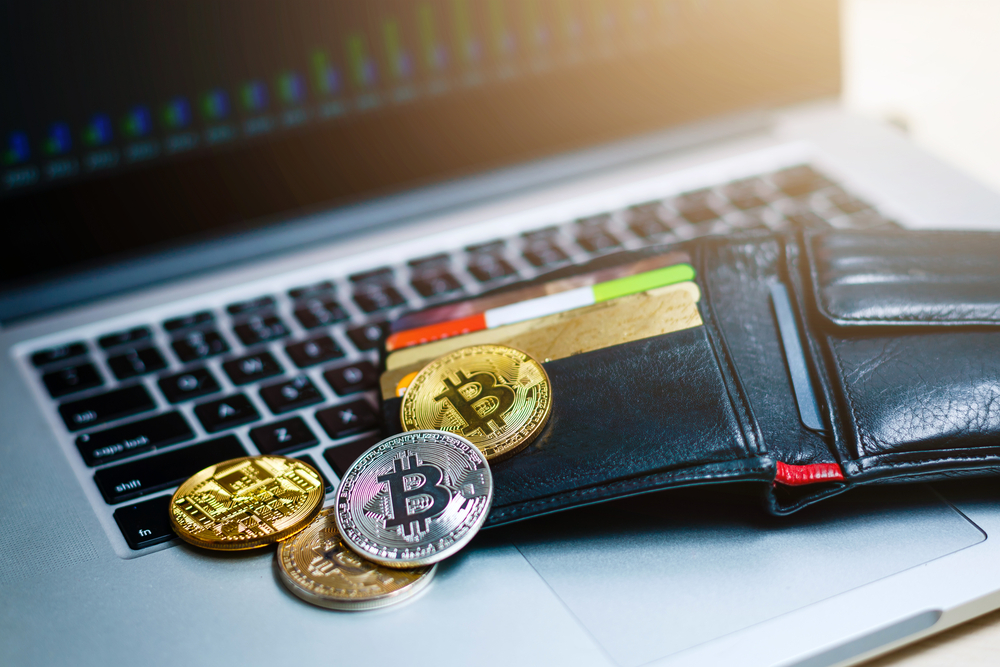Bitcoin, Ethereum, and other cryptocurrencies have become more popular because of their improvements over the traditional financial system. Anyone who wants to use a blockchain-based cryptocurrency should understand how blockchain wallets work.
Blockchain Wallets, What Are They?
Blockchain wallets refer to software programs that hold digital currencies’ unique addresses. They store cryptocurrencies and transact them using blockchain technologies. They help someone exchange funds with ease.
Since they are cryptographically signed, all transactions involved are safe. These wallets are accessible from different web devices. The identity and privacy of the users are maintained. In other words, blockchain wallets have all features necessary for secure and safe exchanges, funds, or transfers between different parties.
How Do They Work?
Blockchain wallets reflect users’ account balances, including their Bitcoins, Ethereum, ICO tokens, and other digital assets.
Private keys are generated once blockchain wallets are created. These keys should not be shared with untrusted entities. Public keys are also generated but can be shared with those who wish to transfer cryptos.
When someone sends cryptocurrencies, the private key of the digital asset and the wallet’s public key is included. After that, transactions are completed, and new cryptocurrencies have reached a particular account.
What are the Top Features of Blockchain Wallets?
Here are some critical blockchain wallet features:
- Ease of Use
Just like other software or wallets, blockchain wallets offer ease of use for day-to-day transactions.
- Instant Transactions
These wallets allow instant transactions in different geographies. They are barrier-free with no intermediaries.
- Highly Secure
All transactions are highly secure since these wallets are cryptographically signed.
- Low Transaction Fees
Compared to traditional banks, blockchain wallets provide lower costs of transferring funds.
- Transaction Across Different Cryptocurrencies
Blockchain wallets are not limited to Bitcoins; they enable transactions across different cryptocurrencies. This results in easy currency conversions.
Why Use Blockchain Wallets?
With regard to transactions, traditional backing systems involve several problems. For example, transactions are usually slow. Also, transactions need to pass through intermediaries like banks. This means for central points of failure.
Additionally, traditional banking systems have issues in recording all balances and accounts. So, there is a huge possibility that data can be corrupted, manipulated, or jeopardized across multiple systems, where all balances and accounts are maintained.
However, blockchain wallets help minimize or eliminate these issues.
Here are other reasons why consider using blockchain wallets:
- Never Run Out of Space
One of the reasons why more people switch to blockchain wallets is that they never run out of space. This means storing a vast number of cryptos in one place is possible.
- Operate and Organize Multiple Currencies
Getting blockchain wallets to allow holding and operating with multiple cryptocurrencies in an organized way.
- Nifty Balance Checkers
With the nifty balance checkers, users will know immediately how much balance is available. They will also know when or where the latest transaction occurred and more.
- Notes Accessory
These wallets have note accessories allowing the users to jot down special remarks regarding specific transactions.
What are the Best Practices to Ensure Safety When Using Blockchain Wallets?
For beginners as well as long-time blockchain wallet users, here are some best practices to keep in mind whenever they use these wallets:
- Backup the Wallet Regularly
The best way to prevent malware or hackers from stealing or corrupting precious private keys is by keeping cryptocurrencies in small quantities in online wallets while the rest should be in cold storage. Users can take advantage of different software or tools to take wallet backups regularly.
- Upgrade the Wallet Timely
Blockchain wallets come with features, and they should be updated regularly. Ensuring that these wallets are constantly updated provides advanced and latest security features. Making wallet holdings in single crypto or something that can manage multiple currencies is recommended.
- Fortify the Wallet’s Security
Users can make their blockchain wallet secure by using complex long-form passwords. They can generate wallets from reputable companies. They can also add some helpful authentication features every time they open the wallets.
Conclusion
As more people or industries adopt Bitcoin and altcoins, replacing traditional banking systems, getting more familiar with blockchain wallets is critical. This lets users obtain peace of mind whenever they transact using the wallets. Plus, knowing the best practices when using them helps improve safety and security.
ChesWorkShop commits to presenting fair and reliable information on subjects including cryptocurrency, finance, trading, and stocks. However, we do not have the capacity to offer financial guidance, advocating instead for users to conduct their own diligent research.

